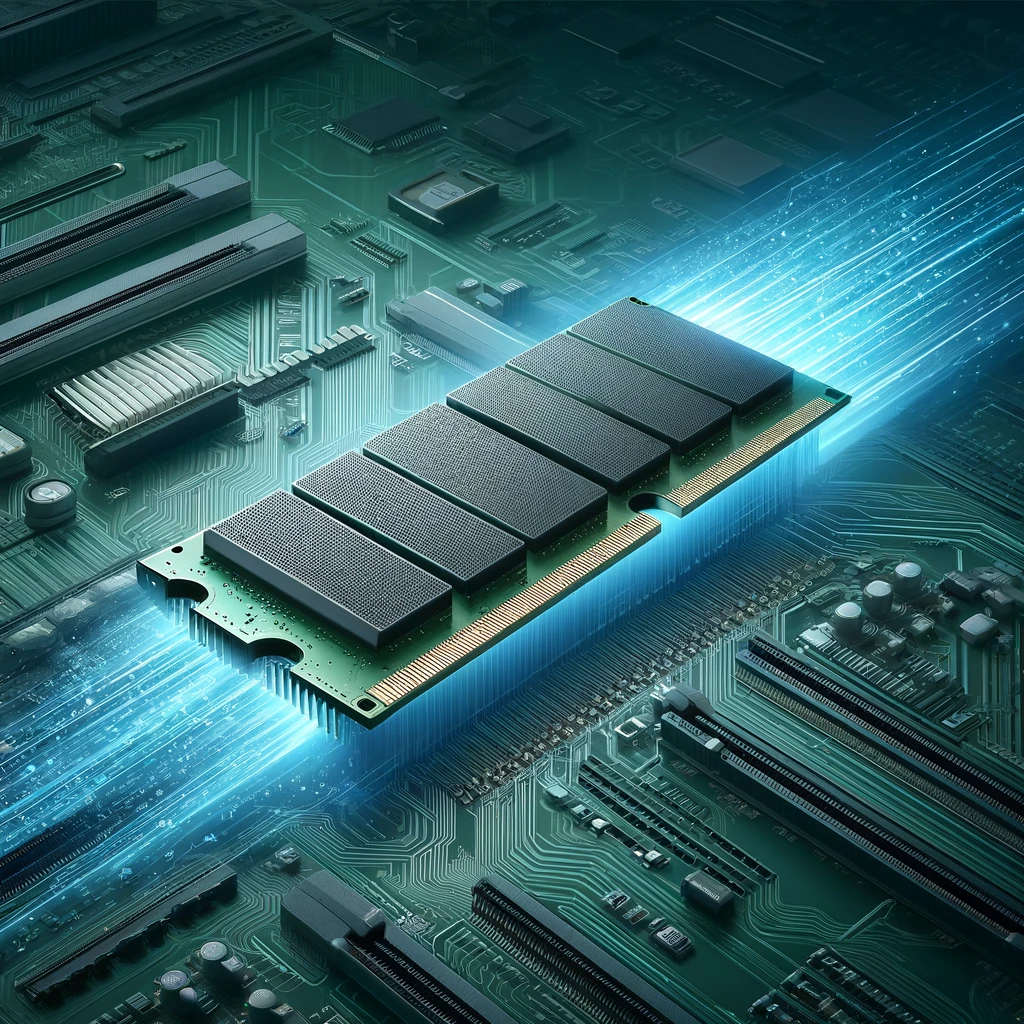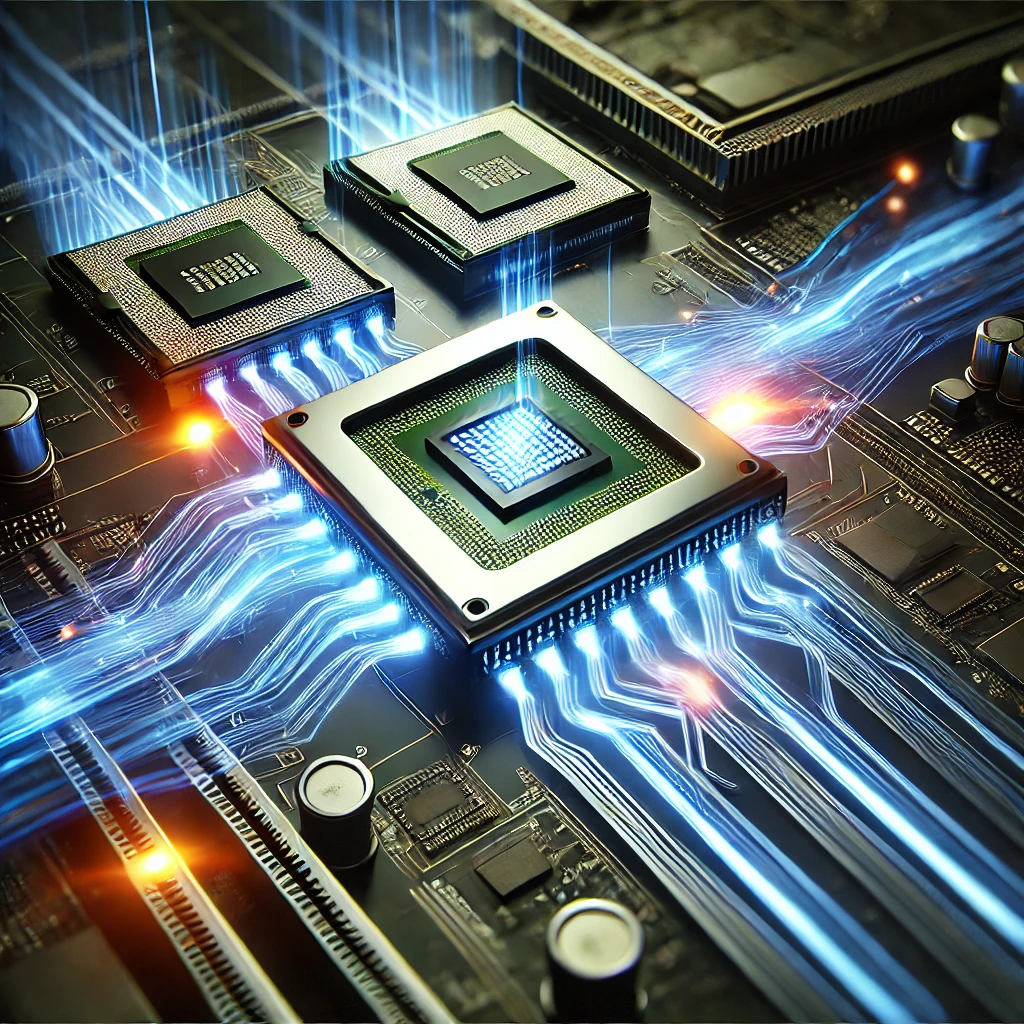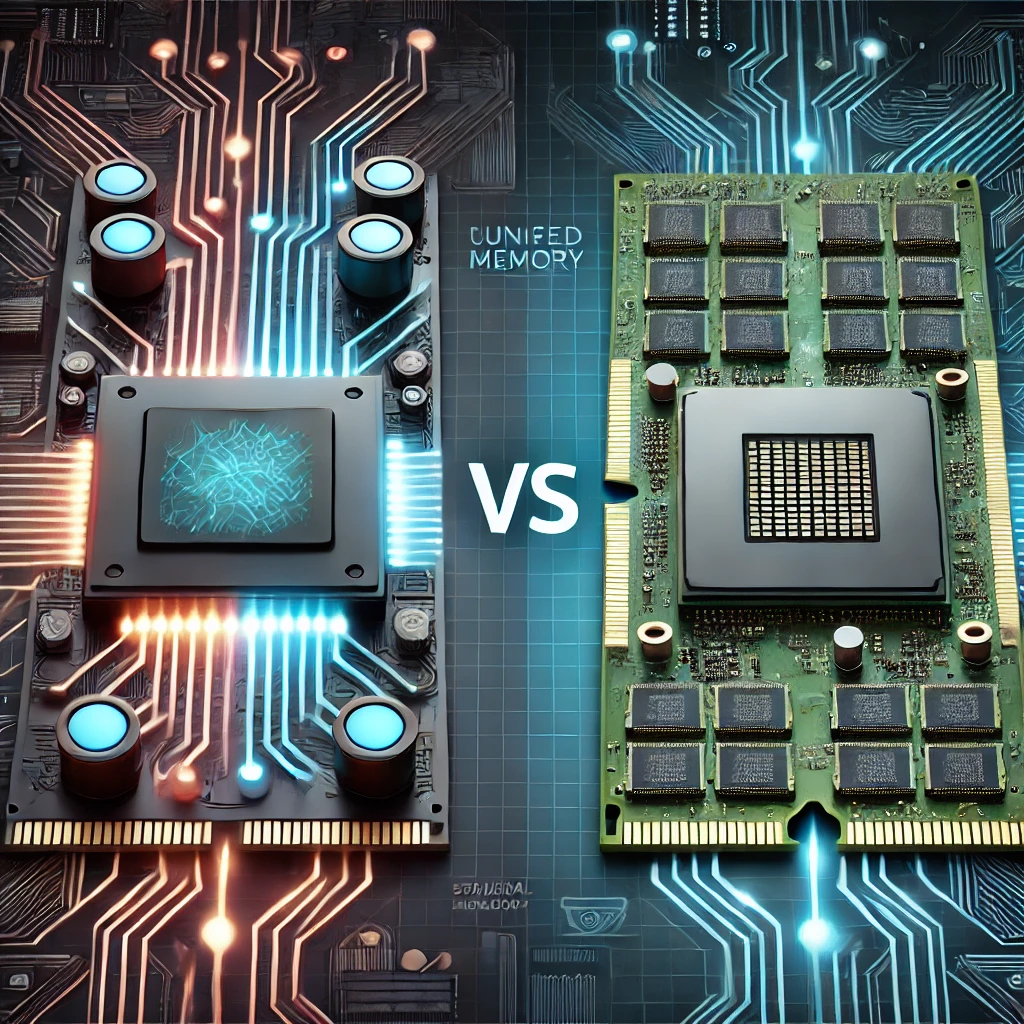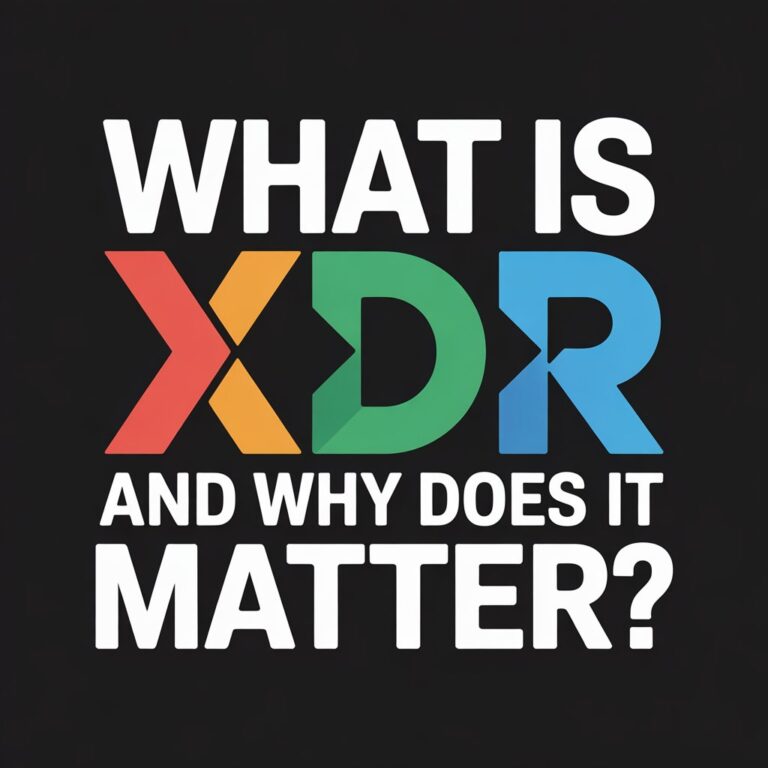In recent years, the rapid advancements in technology have introduced new terminologies and concepts, especially in the field of computer hardware. One term that has garnered significant attention is “unified memory.” With the rise of Apple’s M1 and M2 chips and their architecture, unified memory has come into the spotlight, leaving many to wonder: is unified memory the same as RAM? This question has stirred curiosity, especially among tech enthusiasts and professionals alike. In this article, we will explore unified memory and RAM, their differences, similarities, how they impact performance, and more. Let’s dive deeper into these critical components of modern computing.
What is RAM?

To understand whether unified memory is the same as RAM, it is essential first to grasp what RAM (Random Access Memory) is. RAM is one of the fundamental components of a computer system and plays a crucial role in its performance. It is a type of volatile memory, meaning it only stores data temporarily while your computer is powered on. Once the computer is turned off, the data stored in RAM is lost.
RAM is responsible for holding the data and instructions that your computer is actively using. This allows the CPU (Central Processing Unit) to quickly access the necessary information without having to retrieve it from slower storage devices like hard drives or SSDs. The larger the RAM, the more tasks and applications your computer can handle simultaneously without experiencing lag or performance slowdowns.
Traditionally, RAM is stored on separate chips or modules (like DDR4 or DDR5) and is physically distinct from other components of the computer.
Types of RAM
RAM comes in different types and speeds, each suited for specific applications. Some common types include:
- DDR (Double Data Rate) RAM – Most modern computers use DDR4 or DDR5 RAM, offering faster data transfer rates and lower power consumption than previous versions.
- LPDDR (Low-Power Double Data Rate) RAM – This type of RAM is commonly found in mobile devices, laptops, and ultrabooks, where energy efficiency is critical.
- SRAM (Static RAM) – Used mainly in cache memory due to its fast access times but is more expensive than other types of RAM.
- DRAM (Dynamic RAM) – The most common form of memory in computers today, which must be refreshed thousands of times per second to retain data.
RAM is typically upgradeable in traditional computer systems, allowing users to increase memory capacity for better multitasking and overall performance.
What is Unified Memory?

Now that we have established a clear understanding of RAM, let’s explore unified memory, a relatively new concept introduced by Apple with its M1 and M2 chips. The question “Is unified memory the same as RAM?” becomes more complex with the introduction of this new memory architecture.
Unified memory is a memory architecture where the CPU, GPU (Graphics Processing Unit), and other processing units share the same memory pool. This memory pool is accessible by all parts of the system without needing to transfer data between different memory types (e.g., RAM for the CPU and VRAM for the GPU). In simpler terms, unified memory is designed to eliminate the traditional separation between the CPU and GPU memory, allowing both components to access the same data without the need for duplication.
In the case of Apple’s M1 and M2 chips, unified memory is integrated directly into the system-on-chip (SoC), making it more efficient in terms of speed, power consumption, and overall performance. Unlike traditional computer systems, where RAM is a separate component from the CPU and GPU, unified memory combines them into a single unit.
Key Features of Unified Memory
- Shared Access – Unified memory allows both the CPU and GPU to access the same memory, eliminating the need to move data back and forth between different memory types.
- Improved Efficiency – Since the CPU and GPU share the same memory, there’s no need for data duplication, resulting in faster performance and reduced memory usage.
- Lower Latency – Unified memory is designed to reduce the time it takes for the CPU and GPU to communicate, improving overall system performance.
- Optimized for SoC Design – Unified memory is tailored to work seamlessly with system-on-chip (SoC) designs, where multiple processing units are integrated into a single chip.
Is Unified Memory the Same as RAM?
The core question remains: is unified memory the same as RAM? While both unified memory and RAM serve as volatile memory, there are key distinctions between the two that set them apart.
Similarities Between Unified Memory and RAM
- Volatility: Both unified memory and traditional RAM are volatile, meaning they lose their data when the power is turned off.
- Memory Usage: In both cases, the memory is used to store active data and instructions that the system’s processing units need to access quickly.
- Performance: Both play critical roles in determining a system’s overall performance, as they enable fast data access for the CPU and GPU.
Differences Between Unified Memory and RAM
- Architecture: The primary difference between unified memory and traditional RAM lies in the architecture. Traditional RAM is typically separate from the CPU and GPU, while unified memory is integrated within the same SoC. This integration allows for more efficient memory sharing between the CPU and GPU.
- Data Duplication: In traditional systems, the CPU and GPU have their own dedicated memory pools (RAM for the CPU and VRAM for the GPU), and data often needs to be copied from one memory pool to another. In contrast, unified memory eliminates the need for such duplication, as both the CPU and GPU can access the same memory directly.
- Power Efficiency: Unified memory is generally more power-efficient compared to traditional RAM setups. By reducing the need for data transfer between the CPU and GPU, unified memory helps save energy, making it particularly beneficial for mobile devices and laptops.
- System Flexibility: In systems using traditional RAM, the amount of memory available to the CPU and GPU is fixed, with the CPU limited to its RAM and the GPU limited to its VRAM. Unified memory, however, is flexible, allowing the CPU and GPU to dynamically allocate memory based on their needs.
Midpoint Recap: Is Unified Memory the Same as RAM?
At this stage, it is clear that while unified memory and RAM serve similar functions in terms of providing temporary storage for active data, unified memory is not exactly the same as traditional RAM. The keyword “is unified memory the same as RAM” brings attention to the architectural differences, where unified memory’s shared access and system integration offer unique benefits that traditional RAM setups lack.
How Does Unified Memory Affect Performance?
The performance implications of unified memory versus traditional RAM are significant, particularly in systems designed for specific tasks like gaming, video editing, or artificial intelligence. Here’s how unified memory impacts overall performance:
1. Faster Data Access for GPUs
In traditional systems, the GPU needs its own dedicated video memory (VRAM) to store textures, shaders, and other graphical data. When data needs to be shared between the CPU and GPU, it must be copied between RAM and VRAM, which introduces latency and slows down performance. Unified memory, however, allows the CPU and GPU to share the same memory pool, eliminating the need for data transfers and speeding up performance.
For example, in gaming or 3D rendering tasks, where both the CPU and GPU need to work together, unified memory ensures faster communication and lower latency, resulting in smoother performance.
2. Improved Multitasking
Unified memory is designed to dynamically allocate memory based on the needs of the system. This flexibility is particularly beneficial in multitasking scenarios, where both the CPU and GPU may require varying amounts of memory at different times. By allowing memory to be shared and reallocated, unified memory can handle multiple tasks more efficiently.
3. Energy Efficiency
Unified memory’s integration with the SoC also improves energy efficiency. By reducing the need for data duplication and minimizing communication between the CPU and GPU, unified memory conserves power, making it ideal for devices like laptops and tablets where battery life is critical.
4. Streamlined Development
For developers, unified memory can simplify the programming process. Since the CPU and GPU share the same memory, developers don’t need to write code that manages separate memory pools. This streamlined approach allows for more efficient coding practices, reducing the complexity of software development.
Examples of Unified Memory in Action
To further illustrate the differences between unified memory and traditional RAM, let’s examine some real-world examples where unified memory is used and its impact on performance.
1. Apple’s M1 and M2 Chips
The most prominent example of unified memory is found in Apple’s M1 and M2 chips, which power devices like the MacBook Air, MacBook Pro, and iPad Pro. These chips use unified memory to integrate the CPU, GPU, and Neural Engine into a single SoC, allowing all components to access the same memory pool. This design has led to significant performance improvements in tasks like video editing, gaming, and machine learning, as data can be processed more quickly without the need for duplication.
2. Mobile Devices
Unified memory is also commonly used in mobile devices, where power efficiency and performance are critical. By allowing the CPU and GPU to share memory, smartphones and tablets can perform complex tasks like gaming or video streaming without draining the battery as quickly as traditional memory architectures.
3. Graphics-Intensive Applications
In applications like 3D modeling, video rendering, or gaming, where the CPU and GPU must work in tandem, unified memory offers a significant performance boost. By eliminating the need to transfer data between separate memory pools, unified memory enables faster rendering times and smoother gameplay.
The Role of RAM in Unified Memory Systems
One important aspect to note is that even in systems that use unified memory, traditional RAM is still a component of the memory architecture. Unified memory is not a complete replacement for RAM but rather a more efficient way to utilize memory across different processing units.
For example, in the Apple M1 chip, the term “unified memory” refers to the way memory is shared between the CPU and GPU, but the actual memory used is LPDDR4X or LPDDR5 RAM. This means that while the architecture differs, the underlying technology is still rooted in traditional RAM.
Unified Memory vs. Traditional RAM: Which Is Better?

Now that we have explored the question “is unified memory the same as RAM,” it’s time to consider which memory architecture is better for specific use cases. Both unified memory and traditional RAM have their advantages and disadvantages, depending on the type of system and the tasks being performed.
Advantages of Unified Memory
- Faster Data Access: By allowing the CPU and GPU to share the same memory pool, unified memory reduces latency and speeds up data processing, making it ideal for tasks like gaming, video editing, and 3D rendering.
- Energy Efficiency: Unified memory is more power-efficient than traditional RAM setups, making it ideal for mobile devices and laptops where battery life is critical.
- Flexibility: Unified memory can dynamically allocate memory based on the needs of the system, improving performance in multitasking scenarios.
- Simplified Development: Unified memory simplifies the programming process by eliminating the need for developers to manage separate memory pools for the CPU and GPU.
Advantages of Traditional RAM
- Customizability: Traditional RAM is easily upgradeable in most desktop systems, allowing users to increase their memory capacity as needed. This flexibility is not available in systems with unified memory, where memory is typically integrated into the SoC and cannot be upgraded.
- Higher Capacity: Desktop systems that use traditional RAM often have higher memory capacities than systems with unified memory, making them better suited for tasks that require large amounts of memory, such as running virtual machines or handling large datasets.
- Compatibility: Traditional RAM is more widely used across different devices and platforms, making it a more versatile option for users who need to switch between systems.
Conclusion: Is Unified Memory the Same as RAM?
In conclusion, while unified memory and traditional RAM share some similarities, they are not the same. Unified memory offers several advantages over traditional RAM, including faster data access, improved power efficiency, and greater flexibility in multitasking. However, traditional RAM still holds its own in terms of customizability, higher capacity, and widespread compatibility.
Ultimately, the answer to the question “is unified memory the same as RAM” depends on the context and the specific use case. Unified memory is ideal for systems like laptops, tablets, and smartphones where power efficiency and performance are crucial. On the other hand, traditional RAM is better suited for desktop systems that require high memory capacities and upgradability.
As technology continues to evolve, unified memory may become more prevalent, especially in systems designed for specific tasks like gaming, video editing, and AI processing. Regardless of the type of memory architecture, understanding how it impacts system performance will help users make informed decisions about their hardware needs.
FAQs
What is Unified Memory?
Unified memory is a memory architecture where the CPU, GPU, and other processing units share the same memory pool, allowing for efficient data access and reducing the need for duplication across different types of memory.
Is Unified Memory the Same as RAM?
No, unified memory is not the same as traditional RAM. While both serve as volatile memory for active data, unified memory integrates the CPU, GPU, and other processors into a single system, allowing them to share memory more efficiently, whereas RAM is traditionally separate for each processing unit.
Can Unified Memory Replace RAM Completely?
Unified memory does not replace RAM but enhances how memory is accessed and shared within a system. In systems like Apple’s M1 or M2 chips, unified memory includes RAM but optimizes how it is utilized across different processing units.
How Does Unified Memory Improve Performance?
Unified memory improves performance by eliminating the need for the CPU and GPU to copy data between separate memory pools. This reduces latency and allows for faster data processing, especially in tasks like gaming, video editing, and AI workloads.
Is Unified Memory Upgradable Like RAM?
In most cases, unified memory is not upgradable. It is typically integrated into the system-on-chip (SoC), meaning the memory capacity is fixed and cannot be expanded after purchase, unlike traditional RAM setups that can be upgraded in desktop systems.
Is Unified Memory Better for Multitasking?
Yes, unified memory can be more efficient for multitasking as it allows for dynamic memory allocation between the CPU and GPU. This flexibility improves performance in scenarios where different tasks require varying amounts of memory at different times.
Does Unified Memory Use the Same Technology as Traditional RAM?
Yes, unified memory still uses traditional RAM technology like LPDDR4X or LPDDR5, but it differs in the way memory is shared and accessed within the system. The main difference is in how the memory architecture is designed for integrated access by multiple processors.
How Does Unified Memory Affect Gaming Performance?
Unified memory can significantly improve gaming performance by allowing the GPU to access the same memory as the CPU without the need for data duplication. This reduces memory bottlenecks and allows for smoother rendering and faster processing in graphically intensive games.
Which Devices Use Unified Memory?
Unified memory is commonly found in devices using Apple’s M1 and M2 chips, such as the MacBook Air, MacBook Pro, iPad Pro, and Mac Mini. These devices leverage unified memory for improved power efficiency and performance.
Should I Choose a Device with Unified Memory or Traditional RAM?
The choice depends on your needs. Devices with unified memory, like Apple’s M1/M2 products, are great for efficiency and performance in tasks like video editing, gaming, and multitasking. However, if you require upgradability and higher memory capacity for tasks like running virtual machines, traditional RAM may be more suitable.




